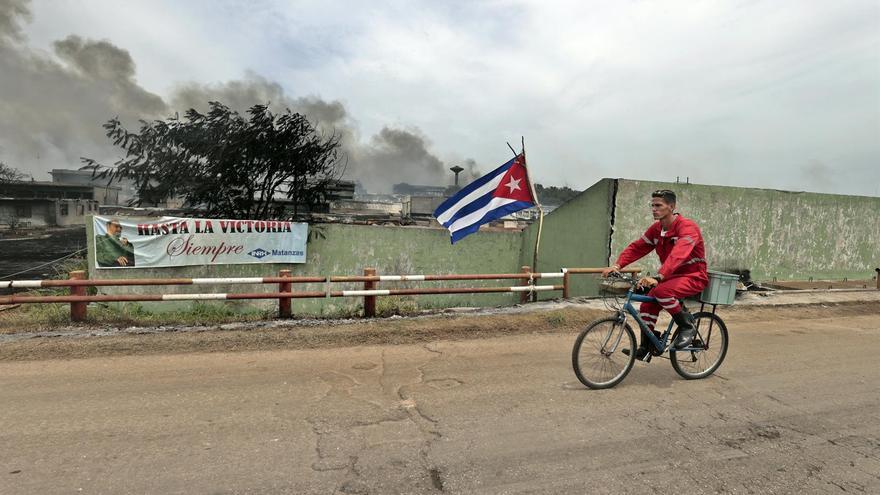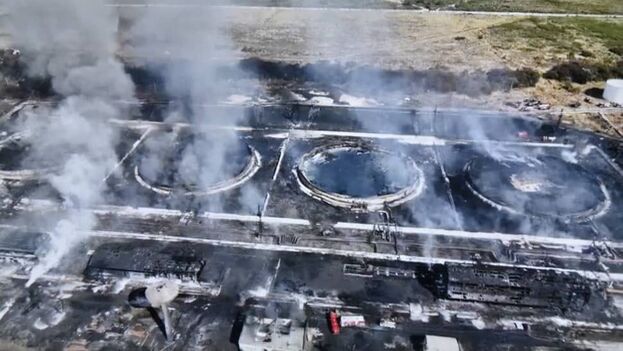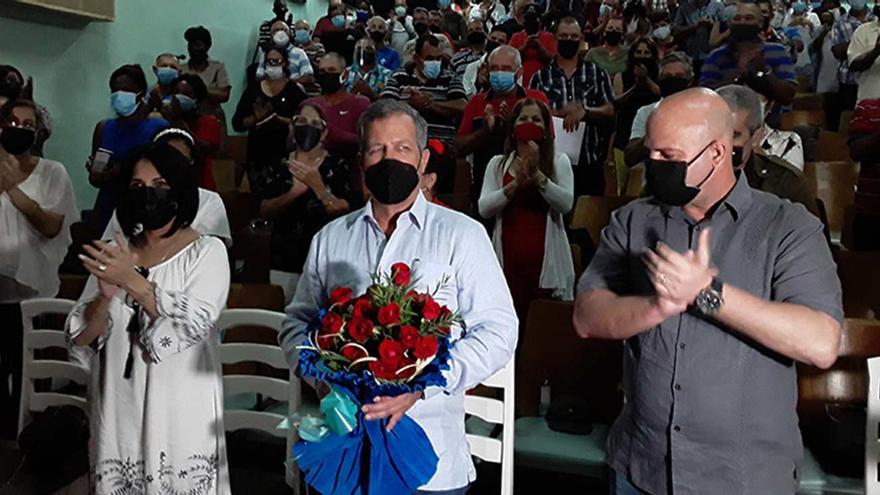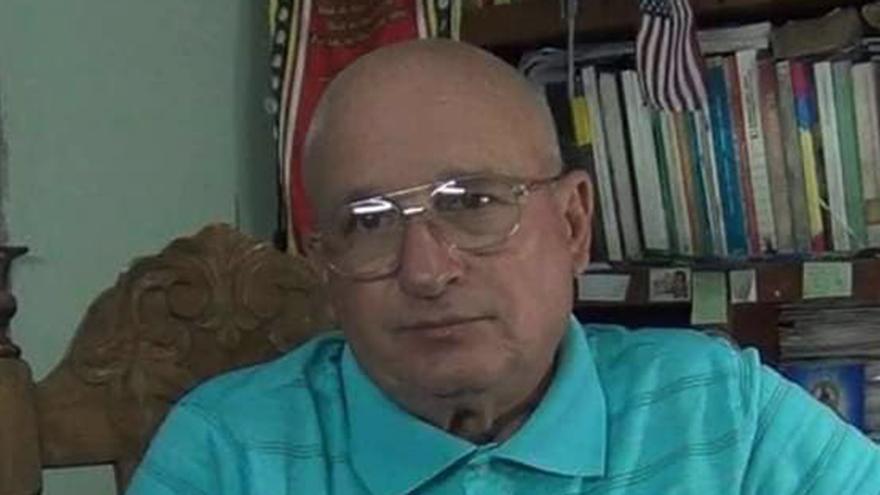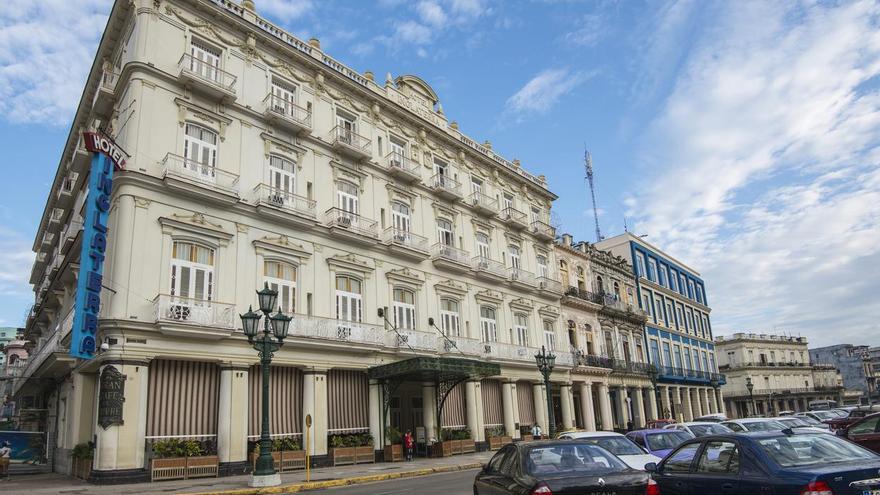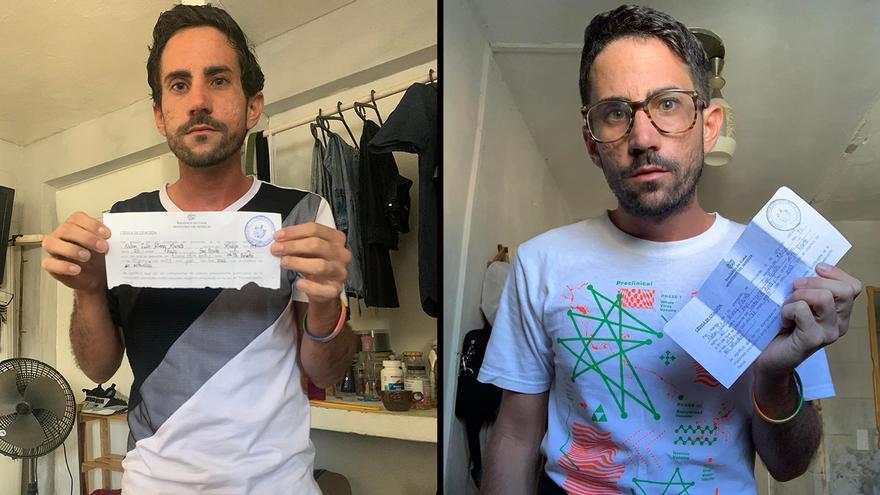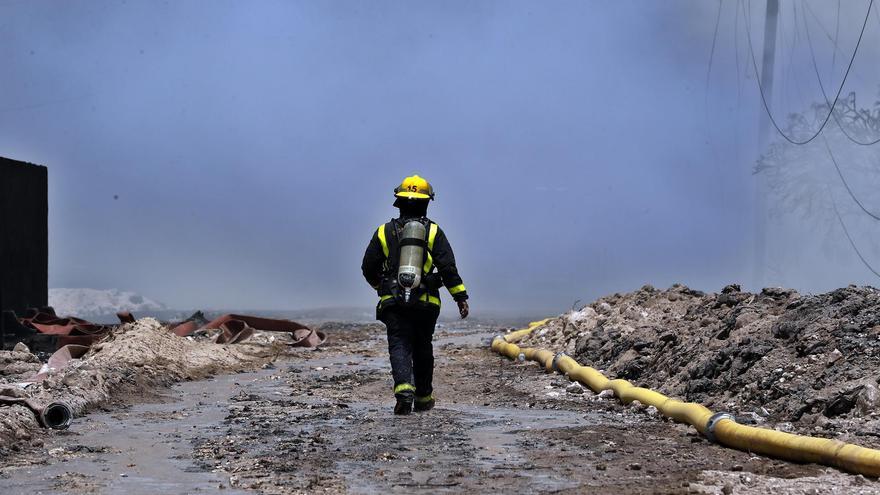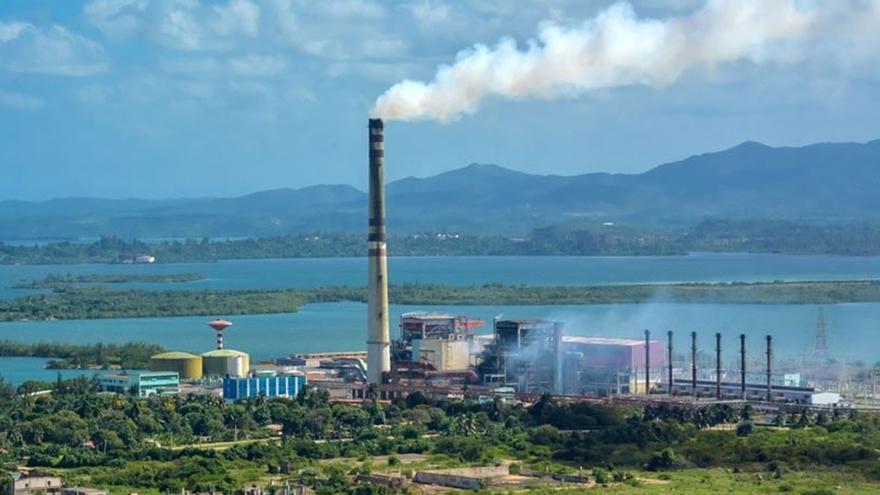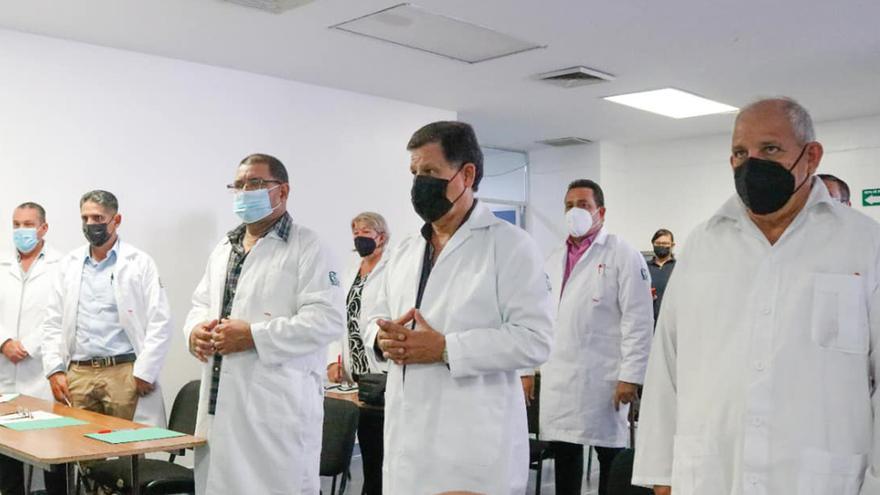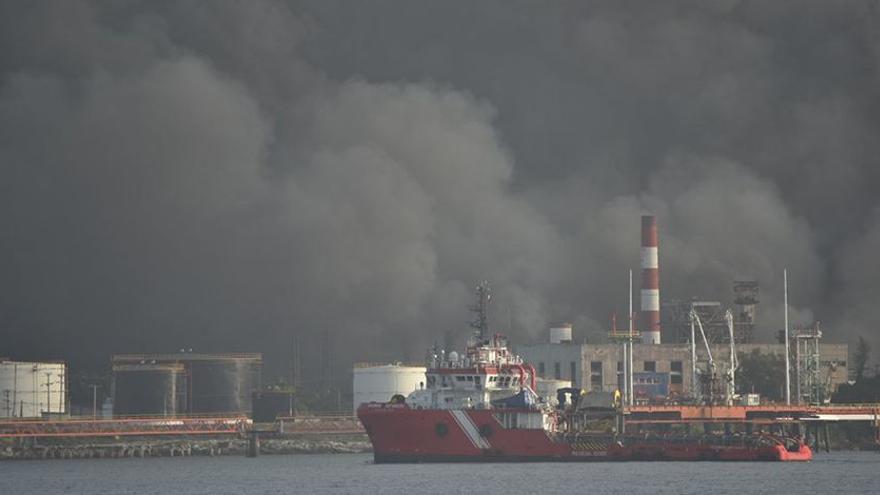
![]() 14ymedio, Havana, 12 August 2022 — The fire at the Matanzas Supertanker Base, not yet fully extinguished, has had a considerable impact on the port activity of that city. Ships carrying oil usually dock there, and their cargo is transported to other parts of the island by land or pipeline.
14ymedio, Havana, 12 August 2022 — The fire at the Matanzas Supertanker Base, not yet fully extinguished, has had a considerable impact on the port activity of that city. Ships carrying oil usually dock there, and their cargo is transported to other parts of the island by land or pipeline.
However, the destruction of 50% of the Supertanker Base has limited the possibility of fuel storage in Matanzas and has forced the redirection of the ships that were headed there.
On Wednesday, the ship NS Laguna, 249 meters long and 44 meters wide, sailing under the flag of Liberia (Africa) with a shipment of 700,000 barrels of Russian oil, was diverted. According to the Vessel Finder nautical application, the ship left the port of Ust-Luga, in Russia, on July 26, for the Matanzas terminal, where it was expected to arrive in mid-August.
The NS Laguna was notified of the change of course and will be diverted to the port of Antilla, in Holguín, of lower capacity than that of Matanzas. It is expected to dock this Saturday at 11:00 p.m. and discharge the fuel there.
A similar situation occurred on Wednesday, when two Cuban-flagged oil tankers, transporting crude oil from Venezuela to the island, were diverted by the company Petróleos de Venezuela, S.A. (Pdvsa) to smaller terminals.
The oil tanker María Cristina sailed from the Venezuelan port of La Cruz, arrived briefly in Havana and had to interrupt its unloading in Matanzas, where it was docked during the explosion. It had to go to Santiago de Cuba and deliver the rest of the crude oil there. continue reading
The ship Vilma also advanced from the port of José, on the Venezuelan coast, to the Antilla terminal. Lourdes and Esperanza, while the usual ships of the “oil fleet” between the two countries are still in Venezuela.
The shutting down of the port of Matanzas represents a notable difficulty for the transport and processing of crude oil on the island. The delay will affect electricity generation, one of the most critical problems facing Cuba, where long blackouts have led to popular protests.
According to Vessel Finder maps, the only ships anchored in Matanzas Bay are the Mexican Bourbon Artabaze, specialized in firefighting, with technicians and military personnel on board and sent by President Andrés Manuel López Obrador, in addition to the tugboat Hurricane 1, under a Cuban flag.
The data also reveal that, since the accident, the Cuban tugboat Tormenta 1, the oil tanker Caribbean Alliance, under the Panamanian flag, and the two aforementioned ships have frequented the Havana port.
It is hoped that the Cuban Government, in order not to interrupt the flow of crude oil that the island urgently requires from its Venezuelan, Russian, Iranian and other allies, will redirect other ships in the coming weeks and improve conditions in the ports of Havana, Santiago de Cuba and Antilla.
These terminals have proven to be the only ones capable of processing the oil shipments that, before the Supertanker accident, Matanzas administered.
Translated by Regina Anavy
____________
COLLABORATE WITH OUR WORK: The 14ymedio team is committed to practicing serious journalism that reflects Cuba’s reality in all its depth. Thank you for joining us on this long journey. We invite you to continue supporting us by becoming a member of 14ymedio now. Together we can continue transforming journalism in Cuba.


